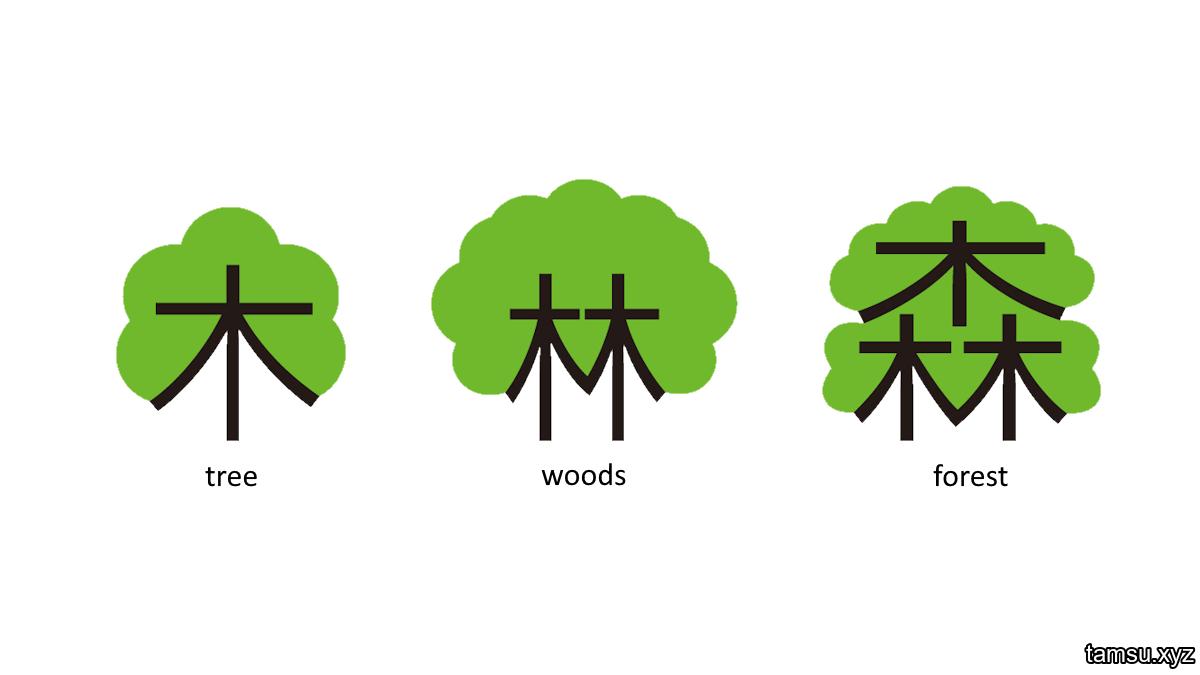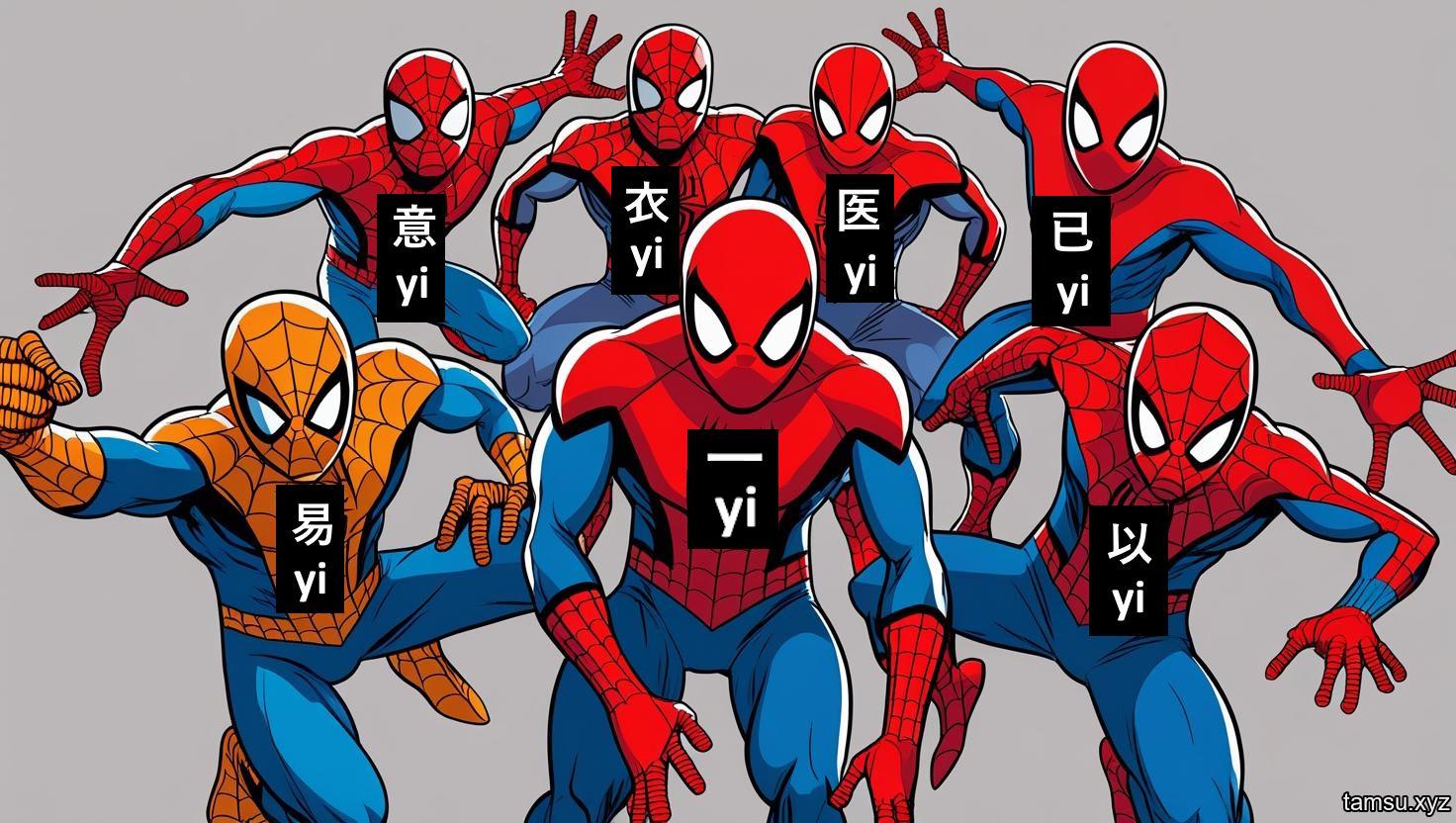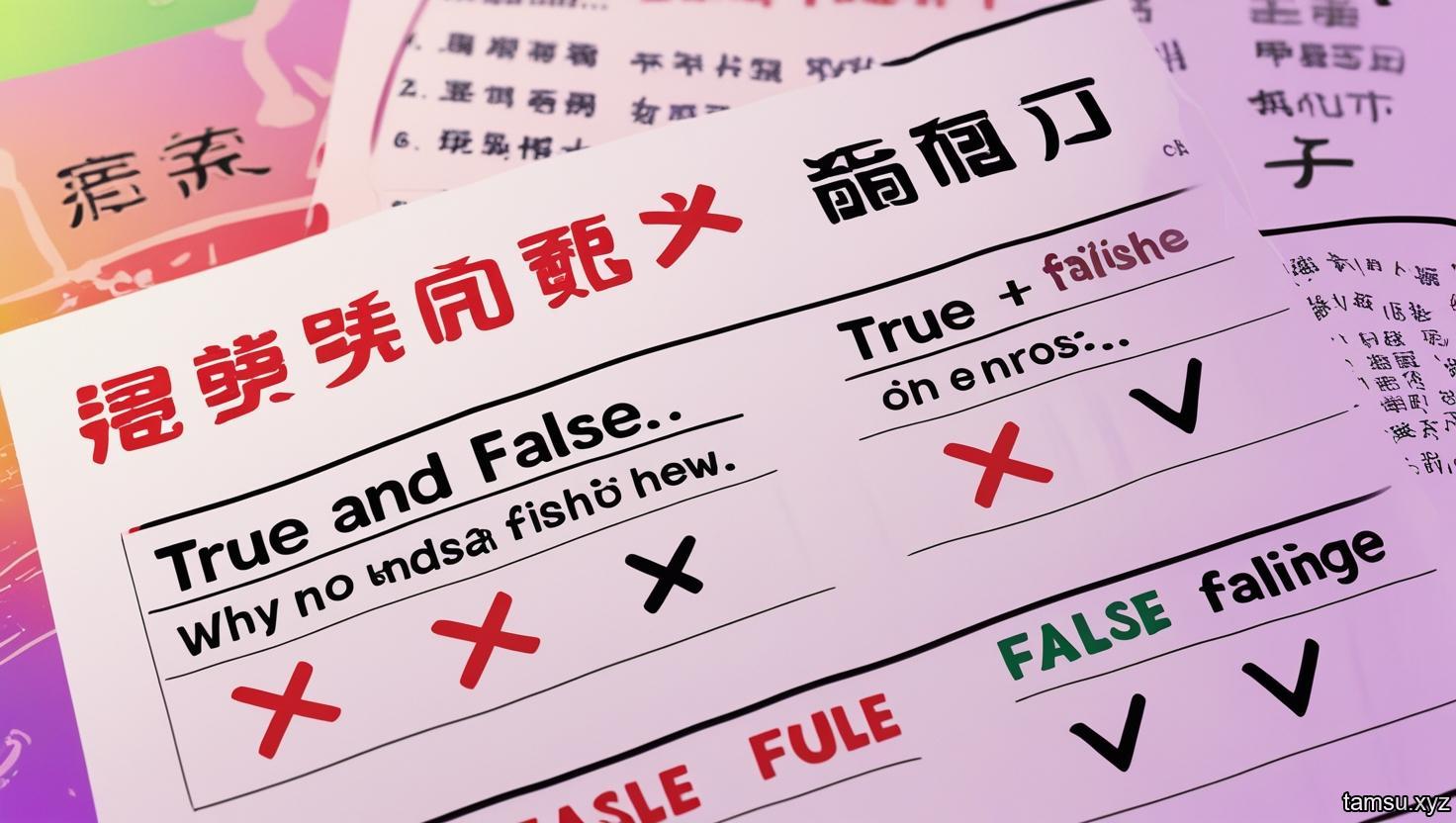🧩 What are radicals?
In Chinese, radicals are the basic components that make up Chinese characters. Each character usually consists of 1 or more radicals combined together.
Understanding radicals is like understanding the root meaning and visual logic of the character - thereby helping to:
- Guess the meaning of new words.
- Memorize characters faster.
- Write characters in the correct structure and order strokes.
🧠 Why should you learn by radicals?
At first, learning radicals may take more time than memorizing. But later on you will see:
- When you encounter a new word, you can easily recognize its meaning because you are familiar with the radicals.
- Knowing a radical, you can guess the whole group of related words.
- Distinguishing words for male - female - action - object - nature is easier.
📘 For example: Common radicals and their meanings
- 女 (nǚ - female): appears in words such as 妈 (mother), 姐 (sister), 妻(wife).
- 氵 (water): appears in 河 (river), 海 (sea), 洗 (wash).
- 木 (tree): appears in 林 (forest), 杯 (cup), 桌 (table).
- 心 (heart): appears in 思 (think), 忘 (forget), 恋 (love).
So just remember the radicals, you will easily understand and remember many vocabulary words on the same topic.
✍️ Learning to write is easier thanks to radicals
When you know which radicals a word consists of, you can:
- Write the correct stroke order.
- Don't get confused between similar characters.
- Understand why the characters are written like that.
For example:
字 “休” = 人 (person) + 木 (tree) → Person leaning against a tree = resting (meaning “resting”).
🛠 How to learn radicals effectively
- Start with 20–30 of the most basic radicals.
- Study in groups of topics: people, nature, objects, actions…
- Use flashcards with memorable images and illustrative examples.
- Use AI to ask for the meaning of radicals and ask for examples: “Give me 3 words using the radical女.”
📌 Conclusion
Learning Chinese by radicals is a slow and steady process. Although it takes some effort at first, once you have mastered the radicals, you will learn faster, remember them longer, and write more accurately.
Start with each radical – one a day – and you will see noticeable progress after a few weeks!






